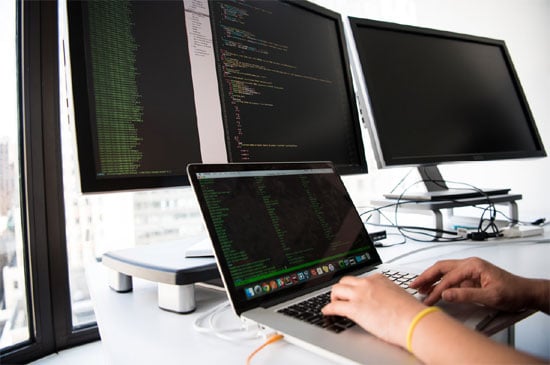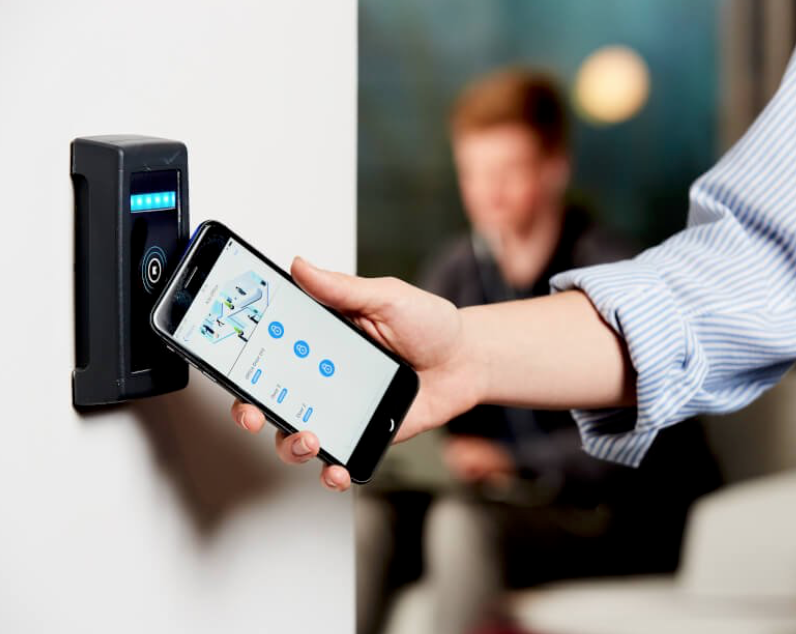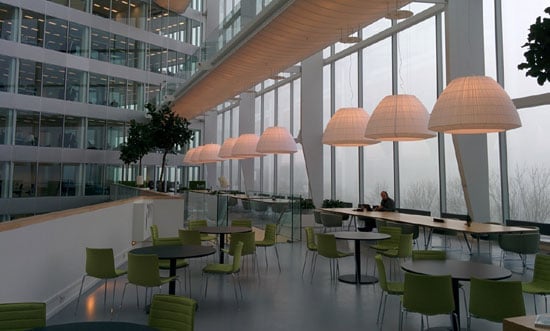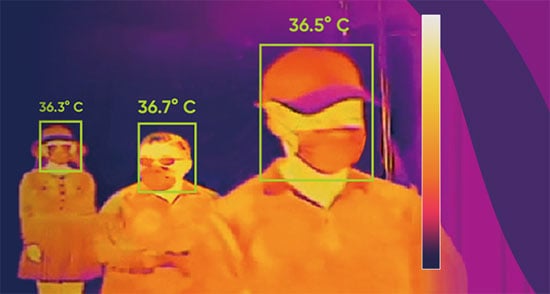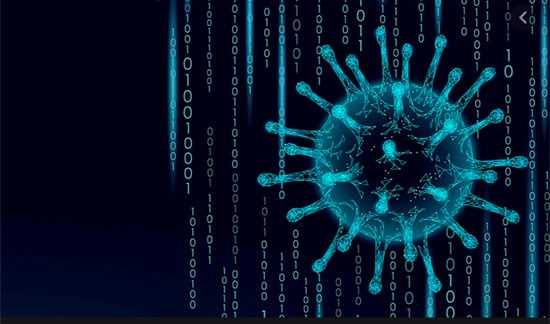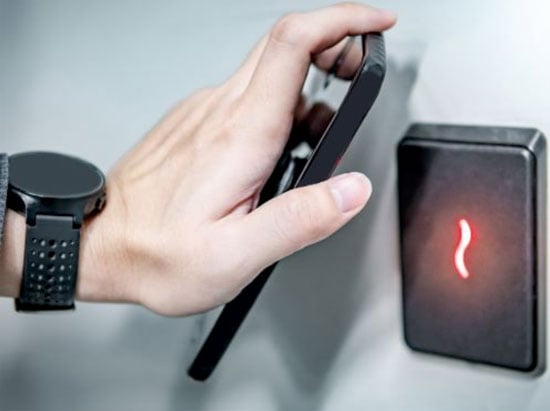Remote systems access to become the future of security service calls
/ in 2020 /By Dominic Burns, A.C. Technical Systems Ltd.
What will service calls look like for security systems integrators and their customers in the post COVID-19 world? Here is a glimpse into the future: As integrators and end users alike look to mitigate risk, many will turn to remote system connectivity to troubleshoot issues with IP cameras and access control systems in order to reduce the need to physically enter a customer’s building.
Remote system access is not a new concept – it has been around since the 1950s when modems were first invented – yet it is a relatively new capability in the security world with the introduction of IP-based cameras nearly 25 years ago. Today, an estimated 32 percent of end users choose systems that can be remotely accessed for troubleshooting and remotely addressing system problems, yet only a small percentage enable this capability.
An estimated 68 percent of all service calls are network or end-user related, indicating that many problems can be solved without an integrator having to visit the customer’s property as long as the customer enables remote access functionality.
With remote system access, integrators can check if an IP switch is online or if there has been a change to the IP address for a camera – both of which are critical to ensure an IP camera is communicating properly on the network. Remote connectivity also allows systems integrators to power cycle a camera without having to be physically present. This is the same process followed by cable television companies as they troubleshoot an issue with a customer’s cable television box.
Customers benefit with shorter wait times for service when compared with a security integrator having to roll a truck to address the problem in person. Also, the cost associated with remotely trouble shooting and solving a problem can be significantly less than requiring a technician to travel to a customer site.
One of the biggest challenges with remote system access is the approval of the corporate IT department, who often worry that granting remote access privileges will create the perfect gateway for a hacker to enter the network.
Today there are several tools integrators that can utilize to remotely access a system. Starting with basic remote access application such as TeamViewer. TeamViewer is an application that allows the end user to directly initiate a remote session to their computer and allows the integrator to review in real time the issue a client is experiencing. The Integrators can now troubleshoot and fix the issue immediately or assess which parts are required to take to a site, if a site visit is required. During the remote session, the client can monitor integrator actions and interact, if needed. Once a remote troubleshooting session is completed, the client can then terminate that remote session.
Another option, which is highly recommended, is a virtual private network (VPN) which uses remote tools to provide a secure, encrypted tunnel to transmit data between a remote user connection and the company network. This works in conjunction with an added dual factor authentication process or a one-time password (OTP), which provides a rolling security code that must be entered into the authentication process in order to gain access to the company’s network. This number changes with each access session, thereby minimizing security risks.
As companies continue to navigate the ever-changing business landscape, end users should expect more integrators will require customers to provide remote system access. This capability will prove to be a vital tool to troubleshoot and address IP-based security service calls today and into the future.
